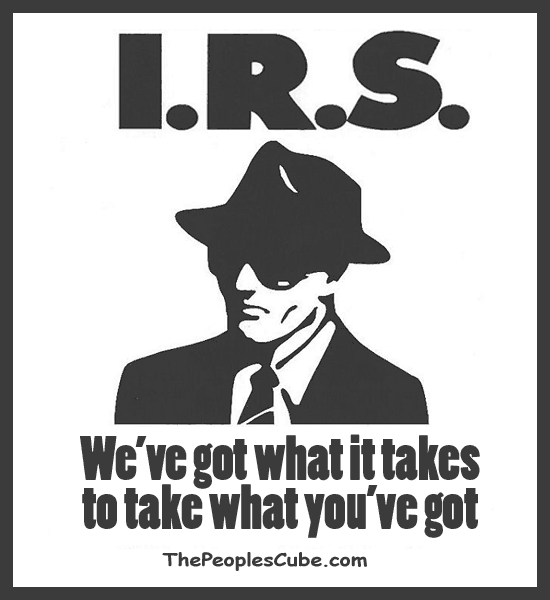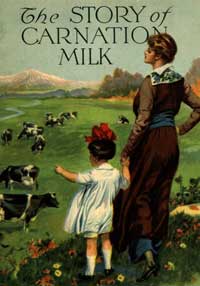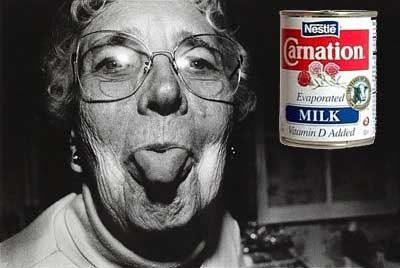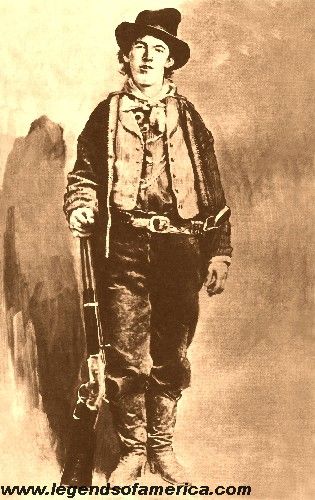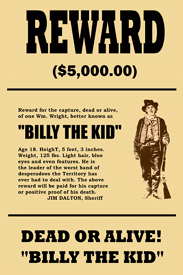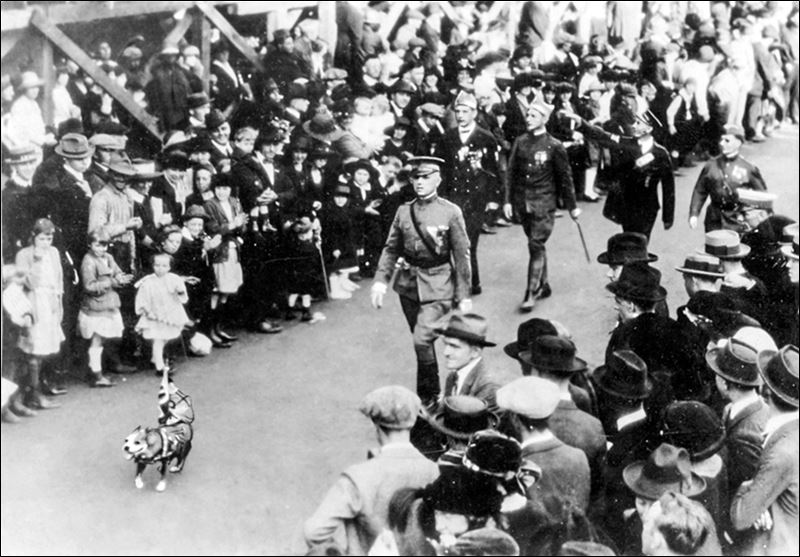
Please listen to him below on this video... I can guarantee you won't regret it for a second!:
Well said, Trey. Well said, indeed. It's good to know you have America's back.
This section allows you to view all posts made by this member. Note that you can only see posts made in areas you currently have access to.
Show posts Menu




